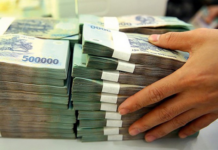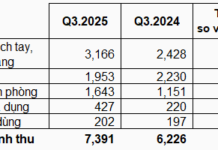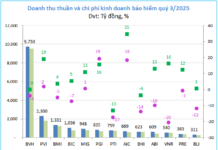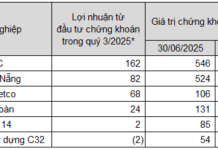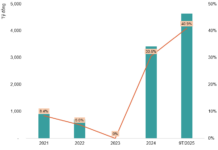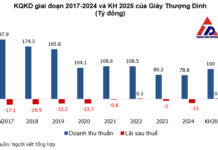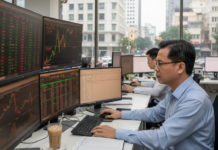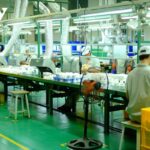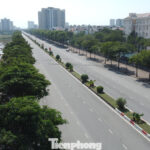Deputy Prime Minister Tran Hong Ha has signed a decision by the Prime Minister approving the Planning of Binh Duong province for the period 2021-2030, with a vision to 2050 (Planning).

By 2030, Binh Duong will become a centrally-governed city.
The decision clearly states the general objective that by 2030, Binh Duong will become a centrally-governed city; one of the dynamic and comprehensive development centers of Southeast Asia; leading in science, technology, and innovation, and a modern industrial and service center.
Specific economic targets include an average economic growth rate of about 10% per year for the period 2021-2030, with a GRDP per capita of approximately USD 15,800 by 2030.
The population by 2030 is expected to reach 4.04 million people (including a registered population of 3.48 million and a converted population of 0.56 million).
To achieve these goals, the Planning outlines five key tasks and breakthrough development areas.
Accordingly, Binh Duong needs to coordinate with national development programs, the Southeast Region, and neighboring localities to implement expanded connectivity in transportation, especially connections to seaports (Cai Mep Thi Vai and Can Gio), international airports (Tan Son Nhat and Long Thanh), and international border gates (Moc Bai in Tay Ninh and Hoa Lu in Binh Phuoc).
Successfully transition the growth model from breadth to depth through innovation, modern science and technology, along with widespread digitization in production and governance, enhancing the quality and efficiency of growth.
At the same time, improve the quality of human resources, promote the development of cultural industries, and establish breakthrough mechanisms to attract and retain talented individuals.
Promote the greening of the economy (green production, green consumption, green transportation, green infrastructure, green urban and rural areas, and green environment) through the leadership of science and technology, thereby creating a harmonious economy between humans and nature and society.
In addition, Binh Duong will divide the entire province into three dynamic spatial areas.
Area 1 (including Thu An and Di An cities): Implement urban reconstruction and renovation; relocate outdated and environmentally polluting production and industrial facilities to the north of the province.
Area 2 (including Thu Dau Mot, Tan Uyen, Ben Cat cities, and Bau Bang district): Develop based on innovation, advanced technology, community services at the regional level, and smart cities as the province’s growth pillars.
Area 3 (including Bac Tan Uyen, Phu Giao, and Dau Tieng districts): Form new-generation industrial parks, attract the development of eco-urban-industrial-service models. Conserve and develop ecological corridors along the Saigon, Dong Nai, and Thi Tinh rivers.
Develop new urban and service areas in Tan Uyen, Thu Dau Mot, Di An, and Thuan An, creating room for the gradual redevelopment of existing urban areas, shifting logistics activities in the region to the area along Belt 4 – Ho Chi Minh City; develop regional, provincial, and urban public transport networks oriented towards public transport (TOD).
Territory-based credit policy in Ho Chi Minh City shows nearly 39% growth
Credit programs, not only support and assist the poor and vulnerable, who are the main subjects of policies in Ho Chi Minh City, with capital for production and business to create livelihoods and employment opportunities, but also play a significant role in the direction of sustainable economic development, economic growth, and social security ensured by the Government.
TPHCM’s economy may grow by 6-7.12% in Q1/2024.
With a favorable scenario in the first quarter of 2024, Ho Chi Minh City is expected to experience a growth rate of 6-7.12%.
Will Vietnamese fruit and vegetable exports set a new record?
From the beginning of 2024, the export field of vegetables and fruits in Vietnam has received positive signals, with the estimated export turnover of over 500 million USD. With the current market trends, the vegetable and fruit industry is forecasted to set a new record and contribute 6-6.5 billion USD to the agricultural sector in 2024.










